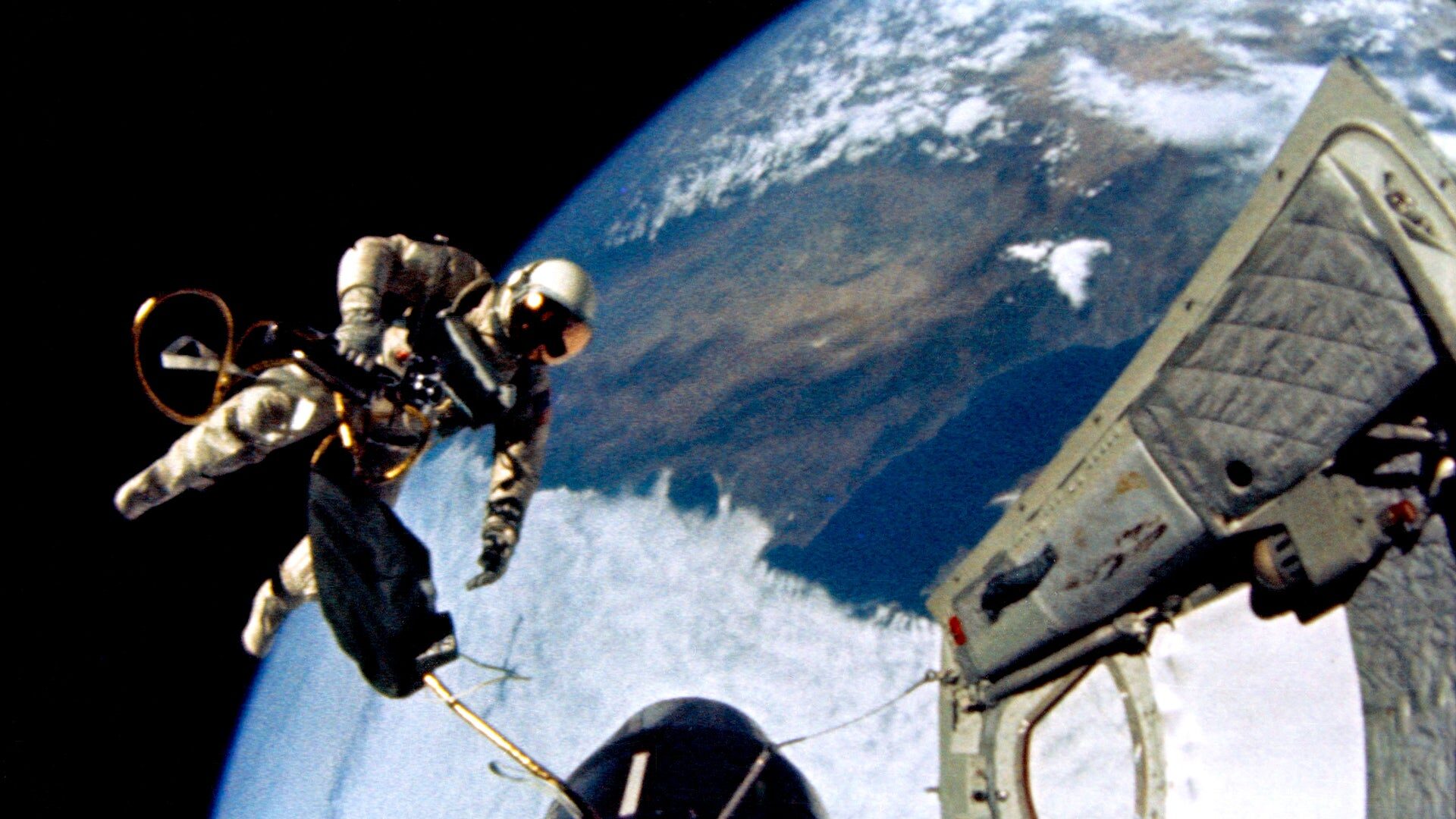
The Cold War, a period of geopolitical tension between the United States and the Soviet Union and their respective allies, 1 wasn’t confined to Earth. It extended into the vast expanse of space, igniting a thrilling and often tense competition known as the Space Race. This race wasn’t just about scientific advancement; it was a battle for technological supremacy, ideological dominance, and national prestige.
Read Also: The Evolution of Art: From Cave Paintings to Contemporary Art
The Starting Line: Early Rocketry and V-2 Legacy
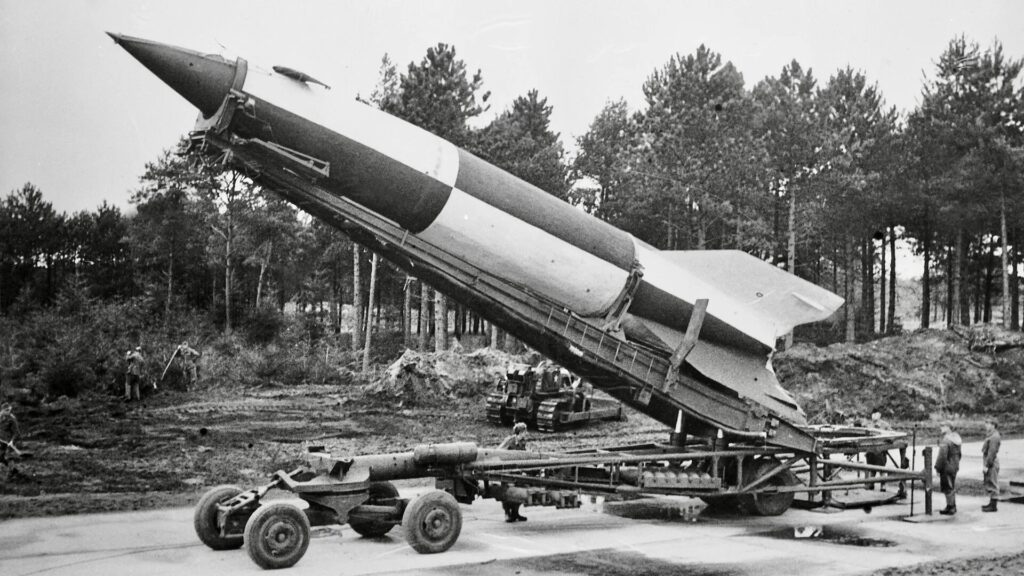
The foundations of the Space Race were laid well before the Cold War. Rocket technology had been developing for decades, but it was during World War II that significant leaps were made, particularly by Germany with its V-2 rocket. After the war, both the US and the USSR seized upon this technology, recruiting German scientists like Wernher von Braun (who worked for the US) to further their own rocket programs.
Sputnik and the Shockwave
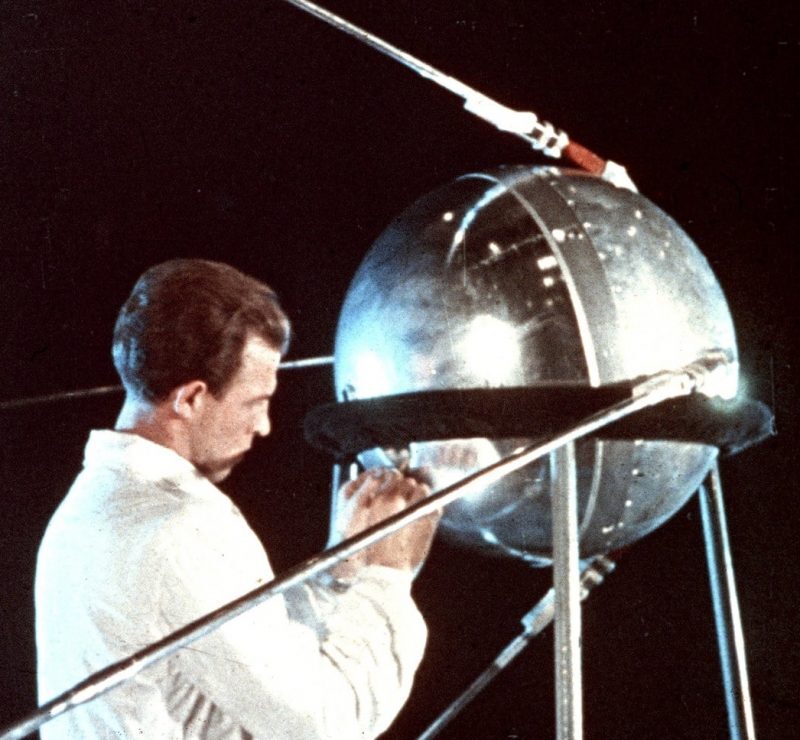
The Space Race officially ignited on October 4, 1957, when the Soviet Union launched Sputnik 1, the first artificial satellite to orbit the Earth. This event sent shockwaves through the United States, sparking fears of a “missile gap” and demonstrating the USSR’s advanced rocket capabilities. The “Sputnik crisis” spurred a massive investment in science and technology education in the US, leading to the creation of NASA (National Aeronautics and Space Administration) in 1958.
A Race to the Moon
The next major milestone was achieved by the Soviet Union on April 12, 1961, when Yuri Gagarin became the first human to travel to space. This further intensified the competition, prompting President John F. Kennedy to set a bold national goal: landing a man on the Moon before the end of the decade.
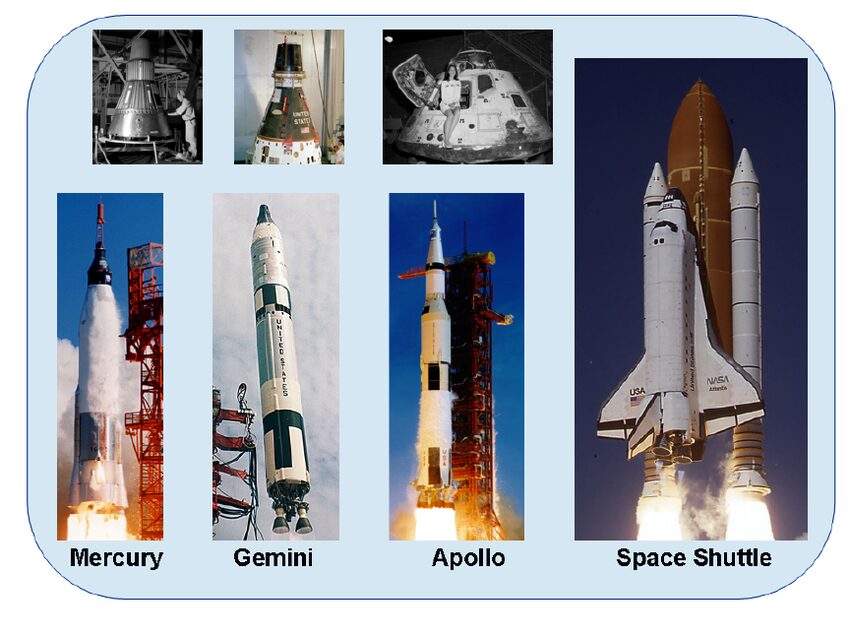
The 1960s became a decade of intense activity for both nations. Both the US and the USSR launched a series of unmanned probes to study the Moon and other planets. The US developed the Mercury and Gemini programs to test human spaceflight capabilities, paving the way for the ambitious Apollo program.
Apollo 11: A Giant Leap for Mankind
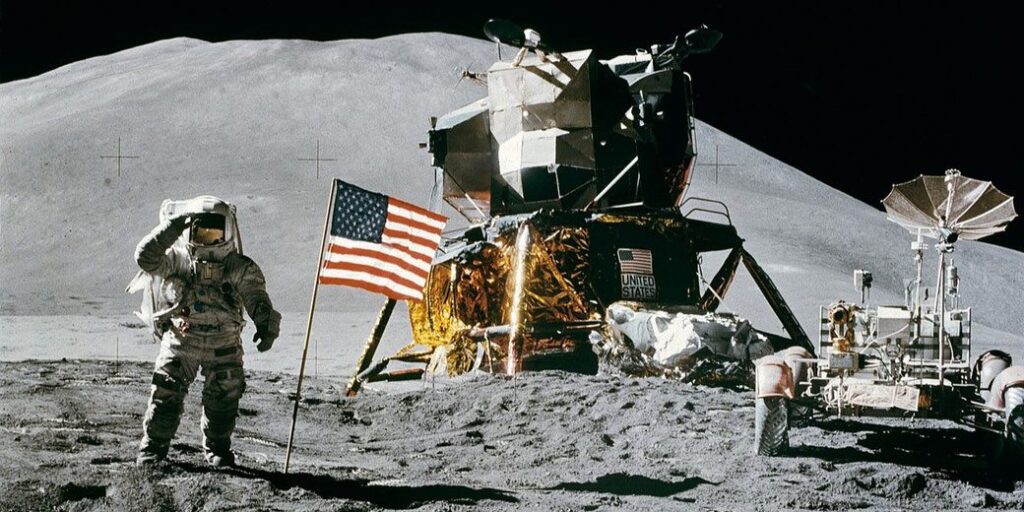
On July 20, 1969, the world watched with bated breath as Neil Armstrong took his “one small step” onto the lunar surface, uttering the now-iconic words, “That’s one small step for a man, one giant leap for mankind.” This monumental achievement was a decisive victory for the United States in the Space Race and a symbol of American ingenuity and determination.
Beyond the Moon: Continuing Exploration
While the Moon landing marked a symbolic end to the most intense phase of the Space Race, space exploration continued. Both nations pursued further unmanned missions to explore the solar system, and the US launched the Space Shuttle program, focusing on reusable spacecraft and scientific research in low Earth orbit.
A Shift Towards Cooperation
As the Cold War began to thaw in the late 1980s, the adversarial nature of the Space Race gradually gave way to cooperation. The Shuttle-Mir program in the 1990s saw American astronauts and Russian cosmonauts working together on the Russian Mir space station, laying the groundwork for the International Space Station (ISS), a symbol of international collaboration in space exploration.
The Legacy of the Space Race
The Cold War’s Space Race left a profound legacy:
- Technological Advancements: The intense competition spurred rapid advancements in rocketry, materials science, computing, and other fields, benefiting numerous industries and contributing to technological progress in general.
- Scientific Discoveries: The exploration of the Moon and other celestial bodies yielded valuable scientific data and expanded our understanding of the universe.
- Inspiration and National Pride: The achievements of both the US and the USSR inspired generations and fostered a sense of national pride and a belief in the power of human ingenuity.
- International Cooperation: The shift from competition to cooperation laid the foundation for future international collaborations in space exploration, exemplified by the ISS.
Conclusion
The Space Race was a unique chapter in human history, a testament to the power of human ambition and the drive to explore the unknown. While born out of Cold War rivalry, it ultimately led to significant scientific and technological progress and paved the way for future generations to reach for the stars.


